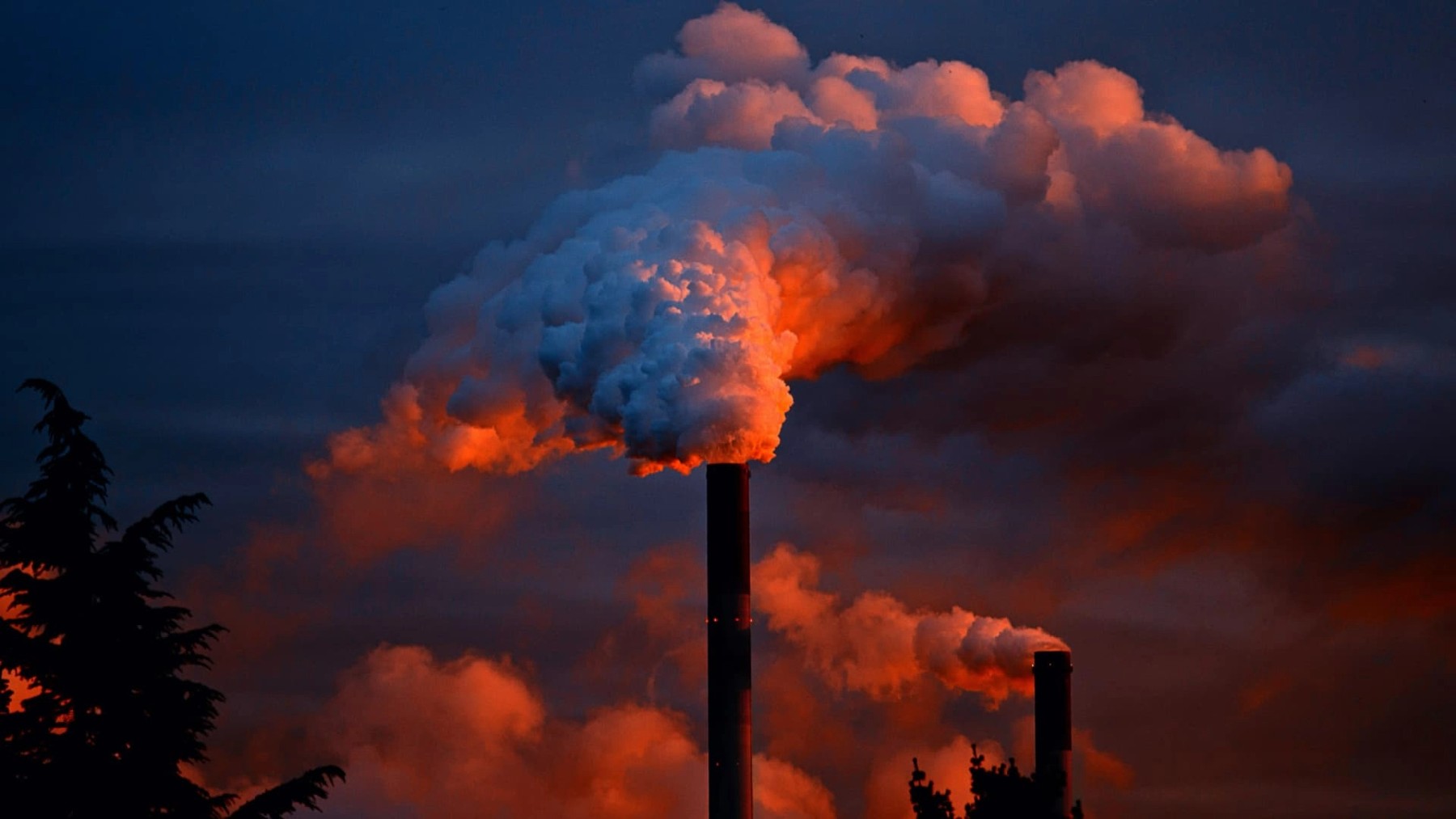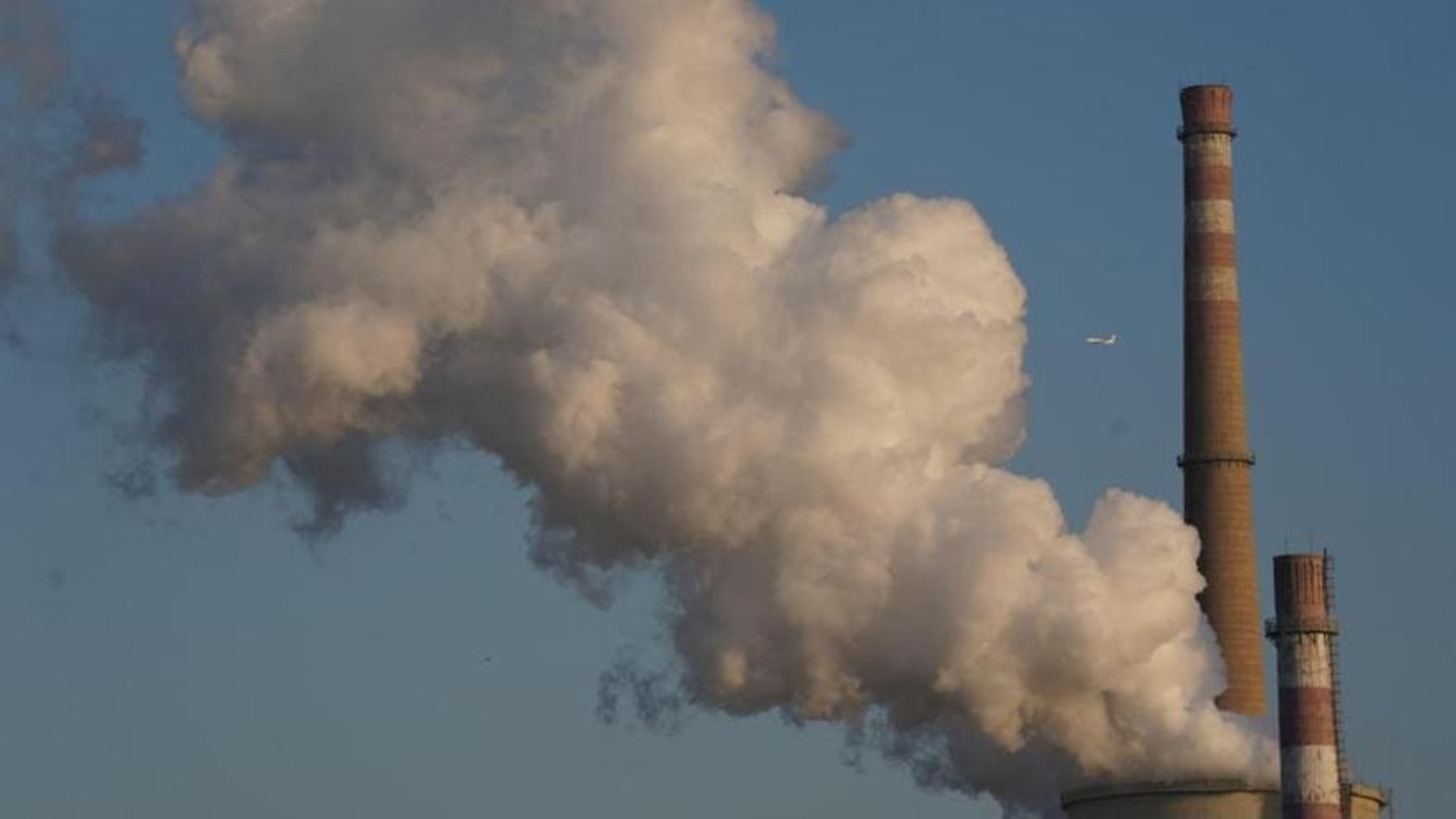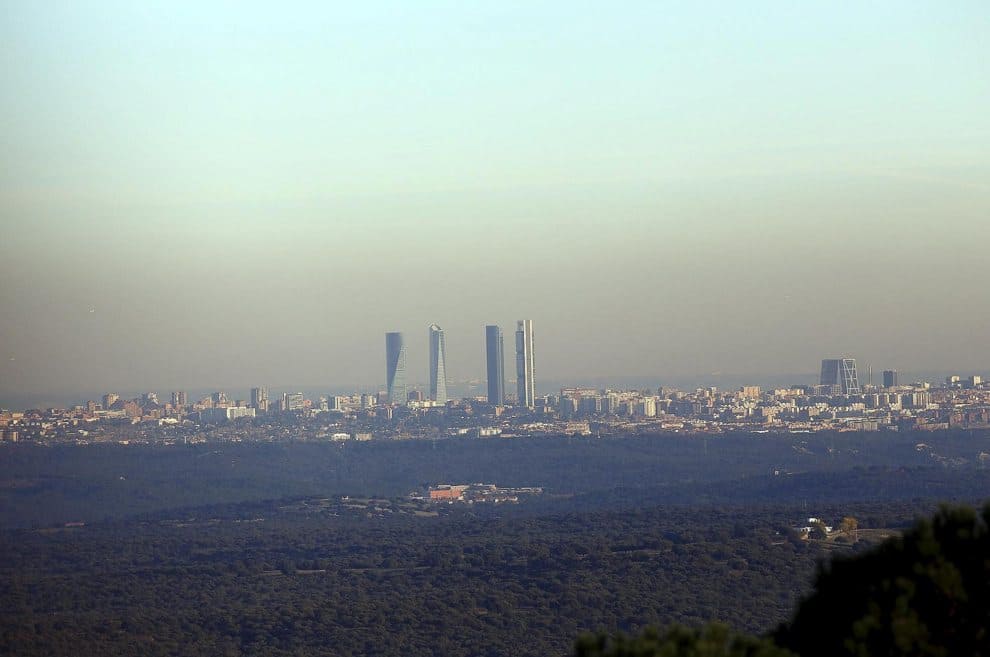Next 10, a nonprofit research organization, commissioned the survey among California voters from November 11 to 23 in light of an expected decision by the California Air Resources Board to implement a greenhouse gas emissions trading scheme in California.
The study done by Field Research Corporation concluded that 66 percent of the voters support A.B. 32, which seeks to return the total greenhouse gas emissions in the state to 1990 levels by 2020. That means putting an emissions cap of 427 million metric tons of carbon dioxide on California’s economy.
The poll discovered that 73 percent of local voters believe the state can reduce greenhouse gas emissions.
Mark DiCamillo, senior vice president of Field Research, said the ballot initiative Proposition 23, which was defeated only recently, worked against itself when it sought to suspend A.B. 32 in the November voting.
The proposition set out to delay air pollution and health regulations listed under the A.B. 32 until state unemployment stays at 5.5 percent for a year. The global-warming act was feared to endanger local employment.
However, the ballot proposition lost in the November polls by a margin of 62 percent to 38 percent.
The increased public attention it created strengthened support for the emissions law, pointed Mr. DiCamillo.
Cap-and-trade
The poll discovered that 64 percent of the voters support an emissions-trading scheme requiring businesses to secure tradable credits to release greenhouse gas emissions.
The nonprofit commissioned five research papers focused on how California should distribute greenhouse gas credits and the economic repercussions of a greenhouse gas trading scheme.
The analyses unanimously found that an emissions trading or cap-and-trade program will have minimal effects to the local economy.
Findings from the studies estimate economic repercussions to range from very slightly negative to slightly positive depending on assumptions and policy scenario designs. Fluctuations in retail electricity prices are projected to remain at a minimum.
This is contrary to the expected upward spike in power prices due to increased renewable energy sourcing, an indirect result of the emissions law and a state emissions trading program.
«One important takeaway from our research is that even in the most vulnerable business sectors – those that are very energy-intensive or trade-exposed – the impacts of the proposed cap-and-trade program in California are quite small even without free allowances,» said Richard Morgenstern, senior fellow with Resources for the Future and one of the study authors.




















